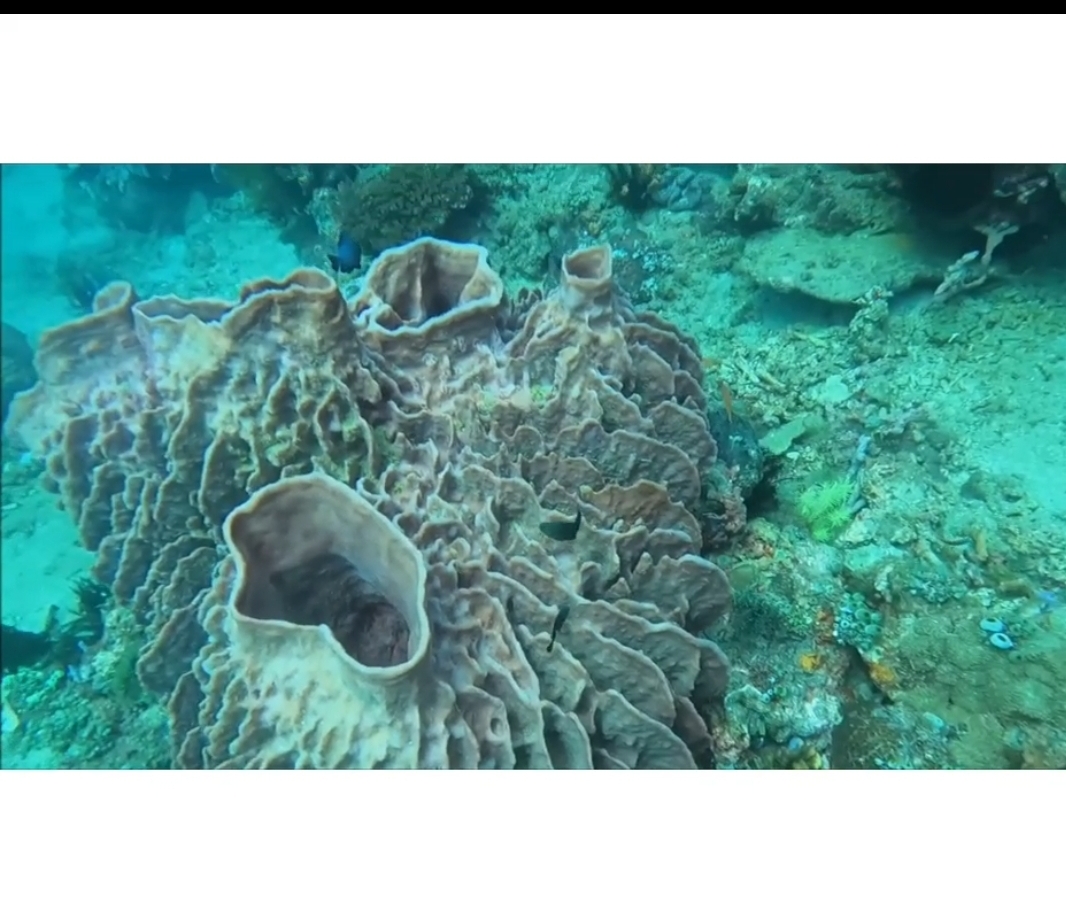Your cart is currently empty!
Giant Barrel Sponge oxidating the world for half a millenia

For over 500 million years these tube-shaped creatures have inhabited coral reefs, but they’re not mobile; they’re anchored.
Coral reef ecosystems thrive when giant bottom-dwelling sponges are present nearby. These sponges aid in carbon fixation, converting atmospheric carbon dioxide into organic molecules, and facilitate nitrogen compound oxidation, crucial for nitrification processes. Their presence contributes significantly to the overall health and balance of the ecosystem.

Giant bottom-dwelling sponges support the health of coral reef ecosystems by hosting microscopic bacteria that aid in carbon fixation, transforming atmospheric carbon dioxide into organic molecules. Additionally, these sponges play a vital role in nitrogen compound oxidation, essential for nitrification processes within the ecosystem. Their presence enhances ecosystem resilience and productivity.
The barrel sponge (Xestospongia muta) consists of several parts, including:
- Osculum: The large opening at the top of the sponge through which water exits.
- Pores: Small openings covering the surface of the sponge that allow water to enter.
- Choanocytes: Specialized cells lining the interior of the sponge that create water currents and capture food particles.
- Mesohyl: The gelatinous matrix that fills the interior of the sponge, containing cells and skeletal elements.
- Spicules: Tiny, needle-like structures within the mesohyl that provide structural support.
- Collar cells: Also known as choanocytes, these cells have a collar-like structure with a flagellum that helps generate water flow and capture food.
- Surface layer: The outer layer of the sponge that contains the pores and serves as a protective barrier.
- Canals: Channels within the sponge that transport water and nutrients throughout its body.
